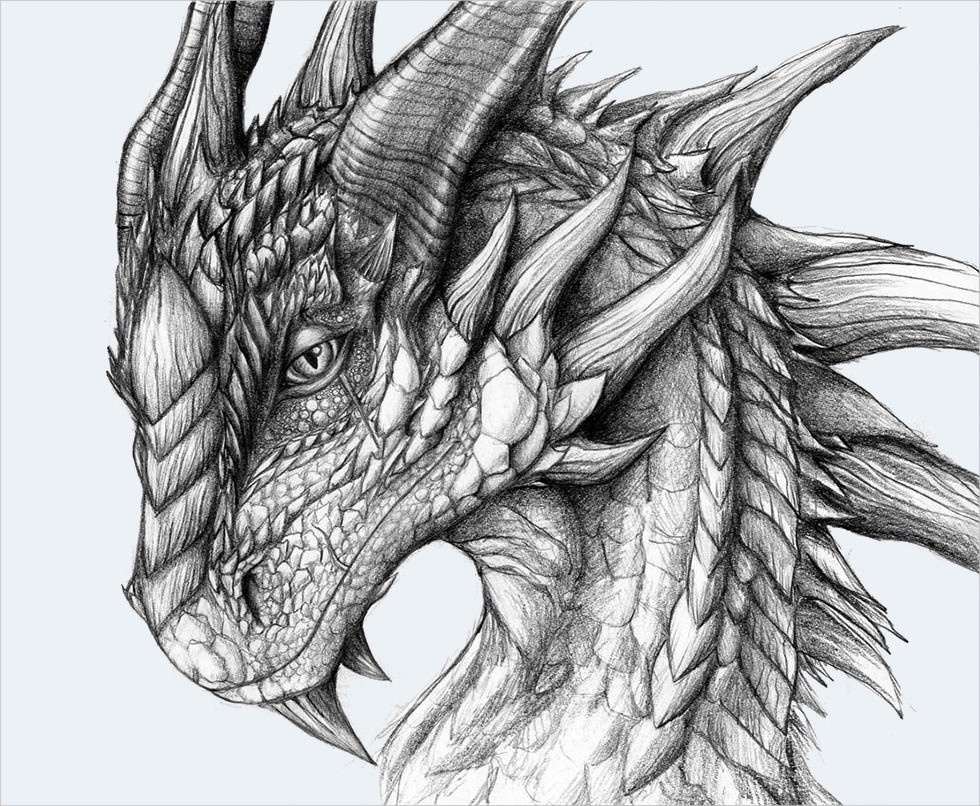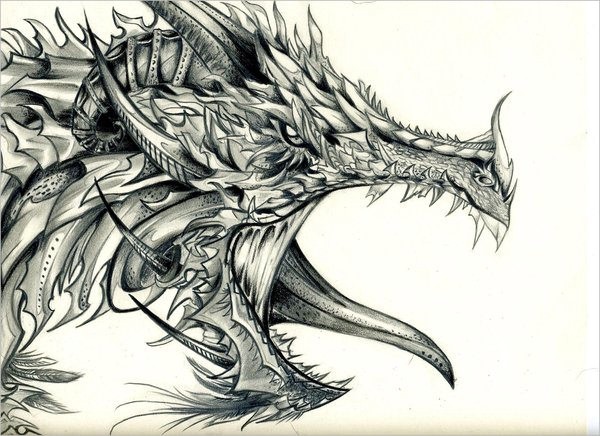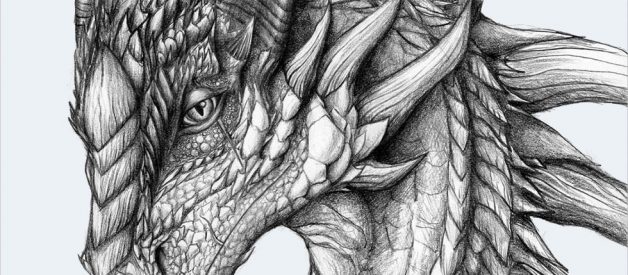James C Dragon | Dragons are unbelievable animals, regardless of whether they?re just in dream. But since you will never inspire one to posture for you, in actuality (and possibly not even in your creative ability) it can be elusive a place to begin on the off chance that you need to draw one. Here are a few thoughts that can enable you to get parts of creatures that are genuine to make a practical dragon drawing.

1) Break the dragon down into straightforward shapes.
James C. Dragon | A dragon?s head can turn into a cone. Their neck can turn into a progression of balls. Their chest can be a bigger ball. Their front legs can be tubes, while their back hindquarters can be cones. Their tail is a long straight cone, or a progression of balls simply like their neck. Their primary body trunk is a tube. Their wings can be a progression of triangles.
When you begin disentangling your dragon picture, you won?t be so overpowered by all the interworking parts. This is likewise a spectacular method to figure out how to attract your dragon activity and from a variety of edges. Illustrations of a still, postured dragon are alright, yet the more vital and energizing illustrations indicate dragons amidst the activity ? potentially clearing down on a sheep to snatch for supper.
2) Draw the dragon?s skeleton first.
James C Dragon | This obtains from the exemplary preparing of expert artists. To draw the human body well, they examine life systems and muscle structure, they find out about bones and joints and how the human body moves. You won?t have the capacity to contemplate a genuine dragon, yet setting aside the opportunity to make sense of for yourself what a dragon?s skeleton may resemble, and how their muscles would cooperate will give you an understanding that will appear in your illustrations. In the event that you truly need to draw winged serpents that are credible, you ought to invest some energy with this assignment, and conceivably make a model of your dragon?s skeleton.

3) Borrow from genuine creatures.
It may be fun now and again, however there?s typically no compelling reason to reexamine the wheel. Nature might not have made genuine dragons for us, but rather it has made birds and reptiles, and dinosaurs and bugs. A falcon?s claws alone are a brilliant subject to attract in the event that you need to catch a dragon?s savage paws on paper. What?s more, reptiles are far and away superior. Their legs and heads are ideal subjects to obtain for parts of your dragon. Indeed, even a giraffe?s neck would fill in as a beginning stage for your monster?s long neck. What?s more, in the event that you need to break out further, the creepy crawly kingdom is stacked with a wide range of offbeat looking animals. Get a book about bugs and study imploring mantises and scorpions. These deft seekers have all the savage weapons a dragon may need? you could nearly consider them little monsters.
James C Dragon | Furthermore, obviously, there are the dinosaurs. Some of them even flew, so you have an entire historical center of thoughts for how to render your dragon. The neck of a brontosaurus is the ideal investigation for a dragon?s neck, and pterodactyl?s wings are just about as near a genuine monster?s wings as you?ll discover. You can even go to a historical center to see these bones very close. Take your sketchbook with you, and potentially record some video cuts so you can recollect what the dinosaur bones looked like from changed edges.


